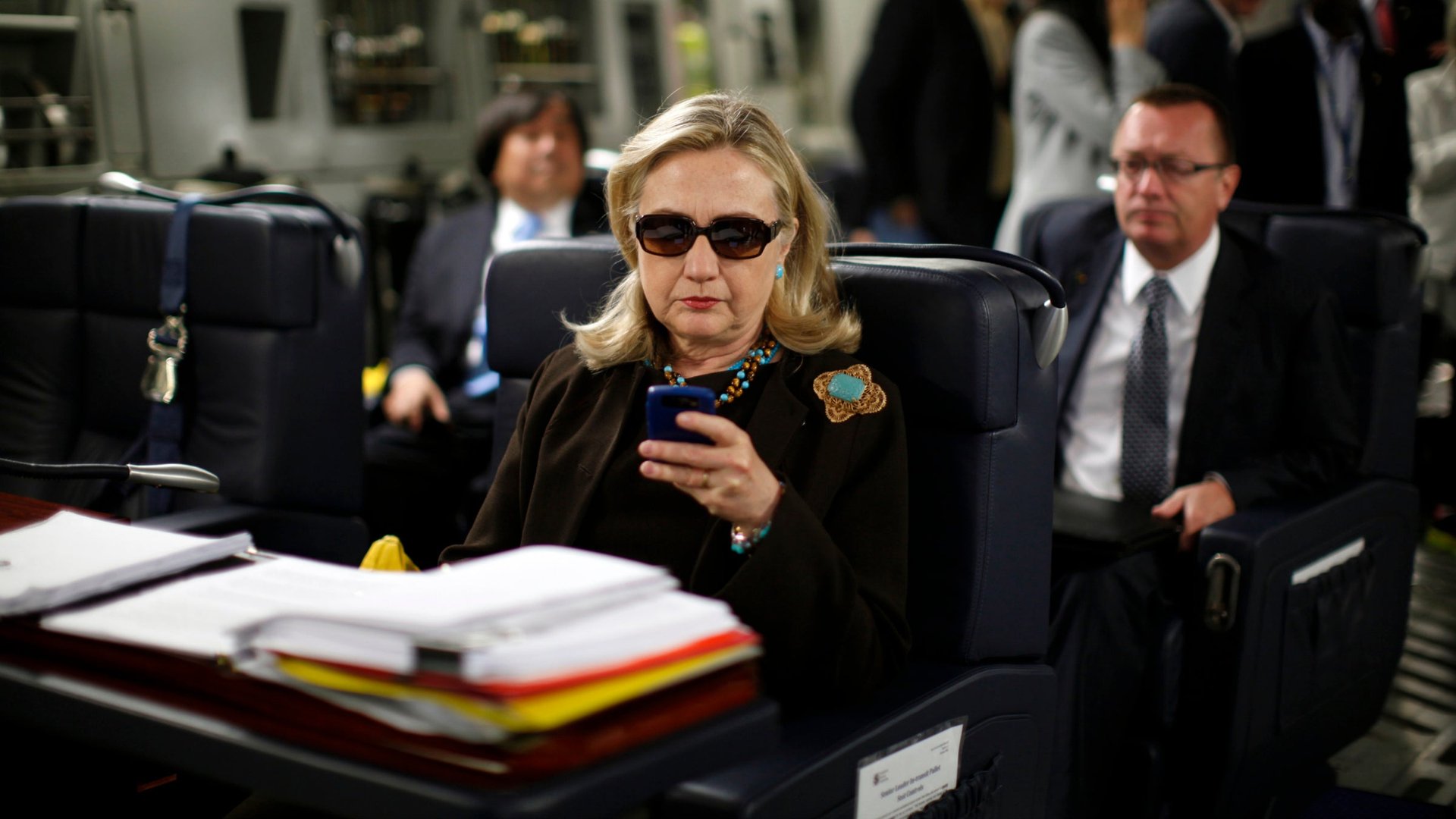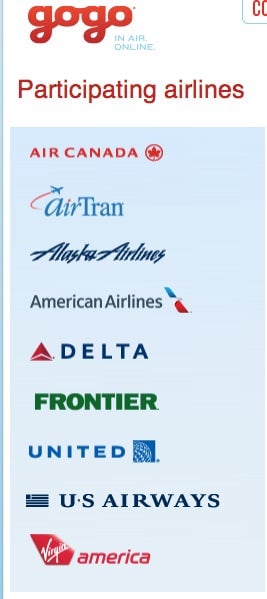Gogo is ready to land with its monopoly of in-flight Wi-Fi
Wi-Fi in the skies costs too much and goes unused, but Gogo—the world’s airplane internet-market leader, recently IPO’d—doesn’t care because it has more airplanes equipped with wireless than anyone else. “To some degree, there’s an insatiable demand among people for connectivity, and particularly the business traveler who wants to get some work done while they’re flying, and do their e-mails,” Gogo chief executive Michael Small says in a new interview with Bloomberg TV. Except, well, that’s not really true: Only about 6% of fliers used Gogo’s in-flight Wi-Fi when available, according to Bloomberg Businessweek, citing company data. But that “take rate,” as its referred to in the biz, doesn’t really matter to Gogo—at least not yet. “The take rate is no longer a useful measurement,” John Walton, the director of data for Routehappy, which measures flight amenities, told The New York Times‘s Joe Sharkey. “What matters is the idea that you can get online when you want to get online.” What matters to Gogo, then, is that it dominates the in-flight WiFi market now—as small as it may be today, it’s burgeoning… and fast.



Wi-Fi in the skies costs too much and goes unused, but Gogo—the world’s airplane internet-market leader, recently IPO’d—doesn’t care because it has more airplanes equipped with wireless than anyone else. “To some degree, there’s an insatiable demand among people for connectivity, and particularly the business traveler who wants to get some work done while they’re flying, and do their e-mails,” Gogo chief executive Michael Small says in a new interview with Bloomberg TV. Except, well, that’s not really true: Only about 6% of fliers used Gogo’s in-flight Wi-Fi when available, according to Bloomberg Businessweek, citing company data. But that “take rate,” as its referred to in the biz, doesn’t really matter to Gogo—at least not yet. “The take rate is no longer a useful measurement,” John Walton, the director of data for Routehappy, which measures flight amenities, told The New York Times‘s Joe Sharkey. “What matters is the idea that you can get online when you want to get online.” What matters to Gogo, then, is that it dominates the in-flight WiFi market now—as small as it may be today, it’s burgeoning… and fast.
Indeed, Gogo is winning exactly the battle it wants to as it hits the Nasdaq this week, albeit to dipping shares, but still: A recent Routehappy survey found that in-flight Wi-Fi covers almost half of all actual flight time, and Gogo has a deal with a lot of the major airlines, as you can see at right, including Delta, “the leader in providing Wi-Fi on domestic flights,” according to Sharkey.
The coverage, for now, doesn’t exactly change the abysmal 6% conversion rate. But Gogo’s working to change that. People want their in-flight Wi-Fi: According to a recent survey it topped the list of amenities passengers lusted for. A 2009 survey found that 76% of “frequent fliers” would switch airlines for the option to stay connected. “People are beginning to expect you to have Wi-Fi everywhere. It’s just whether they are willing to pay for it,” an analyst told The Wall Street Journal‘s Scott McCartney. The problem for Gogo has been that people like the idea of Wi-Fi on their planes, they don’t necessarily use it because, you know, it’s expensive—Gogo charges at minimum $14 for the day—and slow. “I think it’s overpriced. I do use it, but only if I have to do something. It’s more of a convenience than a need,” a frequent flier told the Journal‘s McCartney. Gogo’s already working to change both of those things.
And beyond the impending addition of more gadgets (like iPads and other connected devices) that it will approve for gate-to-gate use, the Federal Communications Commission has plans in the works to speed up the airwaves. In addition, Gogo’s working on using satellite technology for overseas flights, which might not be any faster but would at least offer fliers more options. If and when Wi-Fi gets better, more people might not feel so bad about paying high prices, whether Gogo keeps them this high or not. Then again, why would they? They’ve already got the upper hand.